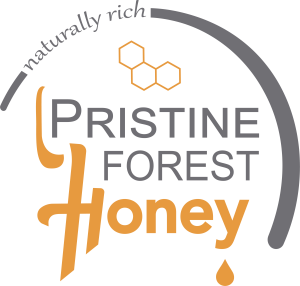Jarrah vs Manuka Honey: A Global Comparison
| Feature | Jarrah Honey | Manuka Honey |
|---|---|---|
| Botanical Origin | Jarrah Tree (Eucalyptus marginata) | Manuka Tree (Leptospermum scoparium) |
| Region | Western Australia | New Zealand |
| Antibacterial Rating | TA (Total Activity) | UMF / MGO (Methylglyoxal) |
| Antimicrobial Type | Non-peroxide & stable over time | MGO-based; less stable in some cases |
| Taste Profile | Smooth, mild caramel | Strong, medicinal, slightly bitter |
| Glycemic Index (GI) | Low | Moderate to high |
| Harvest Frequency | Every 2 years | Every year |
| Color & Texture | Golden amber, fluid | Darker, thicker |
| Availability | Limited & rare | Widely available |
| Scientific Support | Growing global recognition | Extensive studies |
TA vs MGO: Understanding the Rating Systems
| Property | TA (Total Activity) | MGO / UMF (Manuka System) |
|---|---|---|
| Used In | Jarrah, Australian honeys | Manuka honey (New Zealand) |
| Measures | Antibacterial potency (total bioactivity) | Methylglyoxal (main antimicrobial agent) |
| Test Type | Laboratory bioassay (phenol equivalence) | Chemical analysis |
| Units | TA 10+ to TA 50+ | MGO (mg/kg), UMF 5+ to UMF 20+ |
| Stability | Long-lasting antimicrobial effect | Can degrade over time |
| Comparison Example | TA 30+ ≈ MGO 829 or UMF 20+ | UMF 10+ ≈ TA 20–25 |
Best Sellers
Discover our most-loved honeys, chosen by customers worldwide for their unmatched purity and potency.
-
Ultra Premium Jarrah Honey TA50+ | 500g
Regular price $55.00Regular priceUnit price per -
Premium Jarrah Honey TA40+ | 500g
Regular price $46.00Regular priceUnit price per -
Awnyh Square – Premium Jarrah TA 50+ Honey | 500g
Regular price $50.00Regular priceUnit price per



